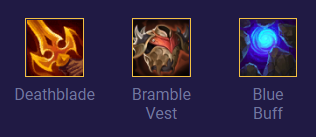How to Pivot and Transition
TFT games often don’t go how you might initially plan. While you can do very well forcing the same comps over and over, it can be very rewarding to pull of a successful pivot or transition.
For the most part, pivoting refers to when you change the comp you are going to a different one based on circumstances like items or the champions you find. Transitioning usually refers to changing your board over the course of the game, which can happen even when you are playing the same comp.
The purpose of this guide is to help you identify things like:
- Why should you pivot comps
- When should you pivot comps
- How to pivot successfully
- Late Game Pivoting
- Strongest Board
Why Pivoting is Important
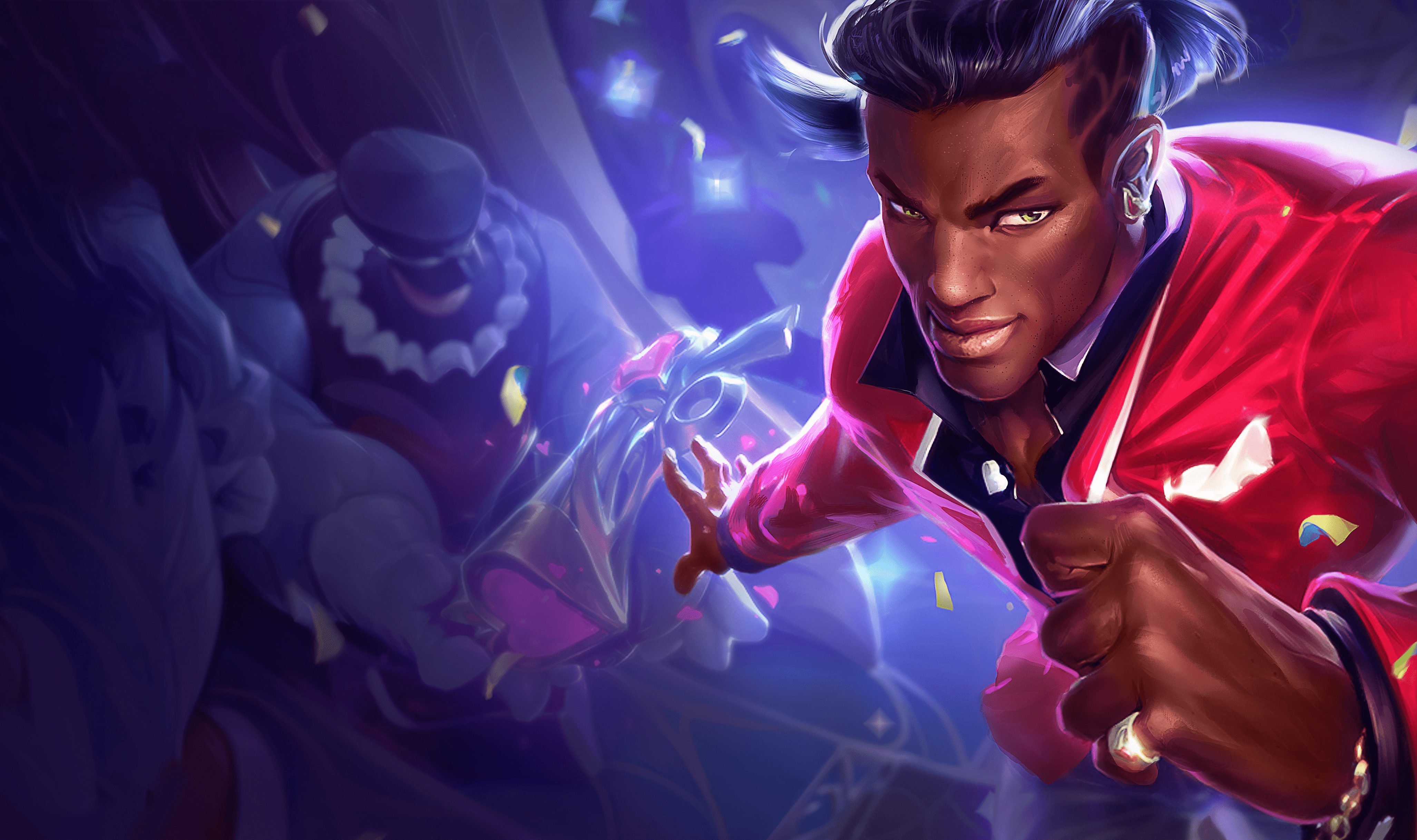
Playing flexibly in TFT is one of the best ways to improve and climb. Pivoting is an important skill to have as you can recognize that if you continue on your current game plan, you likely will not reach top 4.
This can be very difficult to discern. Sometimes, if you’re playing a reroll comp, you may think that you won’t hit and it will be better to level up instead.
However, either decision you make can be correct. If you level up and maybe hit 6th place instead of 8th, you can consider that a good choice. On the other hand, if you decide to commit and hit your 3 star unit and reach top 3, that can also be see as the correct decision.
Lots of TFT decisions fall under this circumstance. Pivoting can be a great option to mitigate bad luck you run into, but you can also play well without pivoting. It’s simply an option to add to your arsenal.
When Should You Pivot?
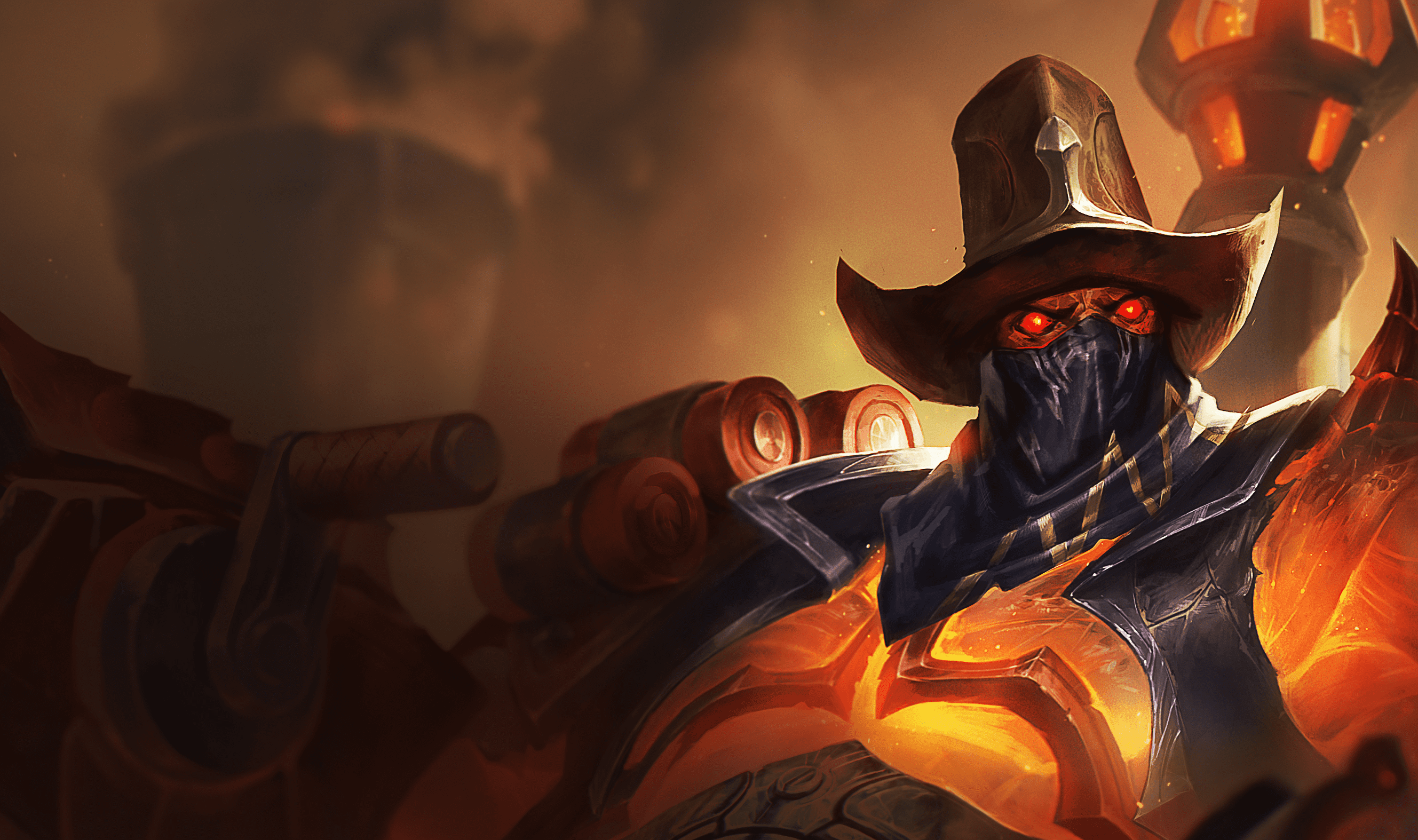
As I just mentioned, pivoting may not always be the correct decision. It will be hard determining when to pivot, and even reviewing games can lead to survivorship bias. Even still, there are plenty of flags you can look for to help you determine the best time to pivot.
What units do you have?
If you plan to play a comp that runs an Attack Damage carry, do you have the right units to easily transition? The early and mid game can often be a jumble of whatever units you find, so that won’t matter too much. However, as you approach the later stages of the mid game, you should assess what units are on your board.
If I plan to play Jazz Miss Fortune but can’t find her in the mid game, what options do I have to strengthen my board? Furthermore, what potential other carries can I look to use the same items?
These are the types of questions you should consider during a game. As you gain more experience, pivoting and flexing will come more natural and just part of the game.
Do you have the right items?
Items are a key aspect to the strength of your carry. Going for the same comp every game can lead to success, but some games, the right items just won’t drop. In these situations, you should try to see what carries can make the most out of your items.
Conversely, you may want to play a specific carry, like Samira, and have 3 perfect items for her. However, while rolling down, you find Miss Fortune instead. You can decide to pivot to Miss Fortune, but your items are better for Samira. Depending on the speed of your lobby, you can afford to be more greedy with your items in order to build the best items possible in every scenario.
As you climb higher and higher, the speed and strength of the lobby will increase. You might not be able to afford to hold onto item components. Building strong generic items that are strong on many carries or comps is one great way to keep yourself open to pivoting or transitioning.
How much gold do you need?
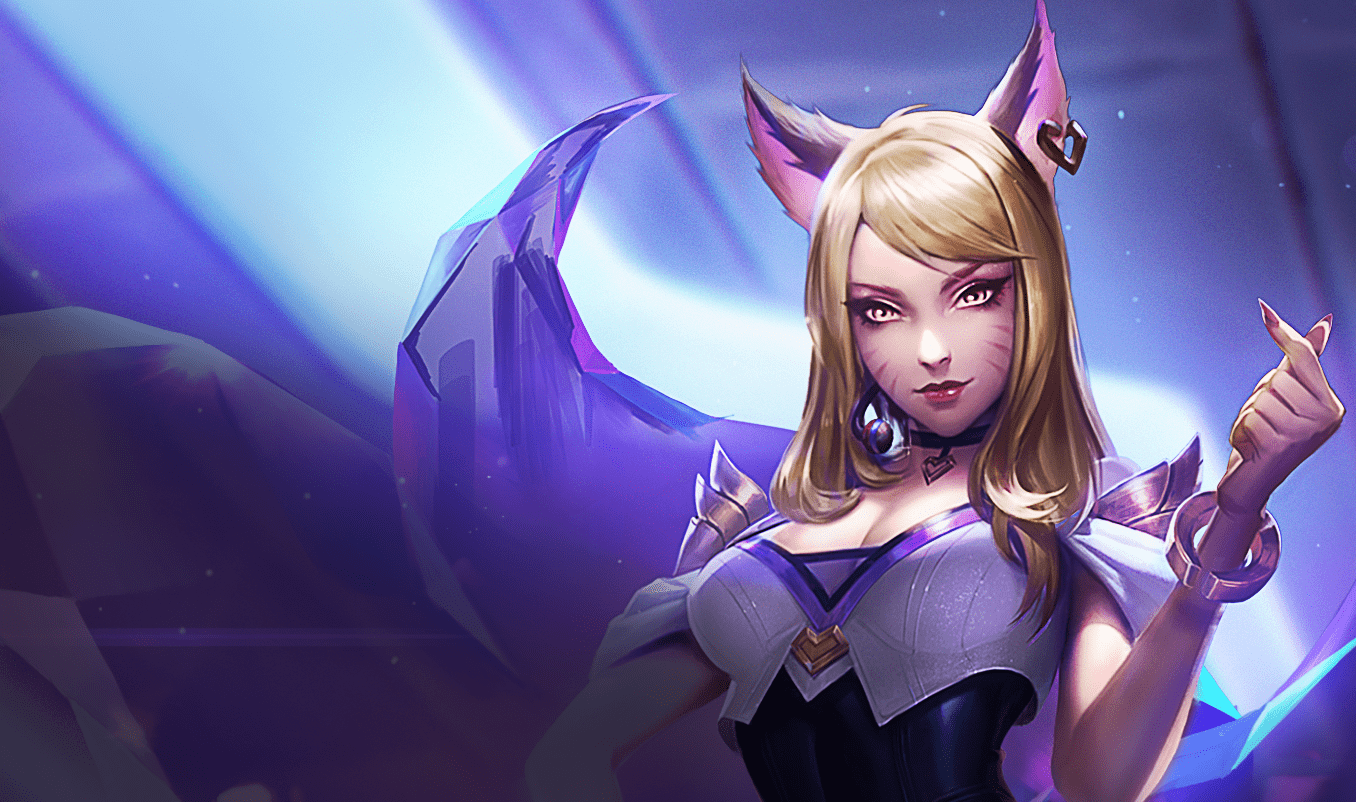
Gold is your best friend. If you have a strong economy, you can make the hardest pivots or transitions possible. You can replace your entire board at 5-1 if you have enough gold. You won’t be in this situation most games.
You need to assess your items and units to see what units you want to find as you pivot. Once you figure this out, you can get a general idea of how much gold you need to find these units.
If I play the early game with K/DA units like Evelynn, Lillia, and Neeko, I can decide to go for a K/DA comp. However, as I roll, I may find an early Karthus. I can decide then and there to start pivoting my board toward a Pentakill comp rather than a vertical K/DA comp.
You can try to slowly transition and play a hybrid comp until you find the units you need, or you can save up and roll down at level 7/8 to replace most of your board.
Plan your economy accordingly by either committing to a win or losing streak to ensure you have flexibility.
How to Pivot Successfully
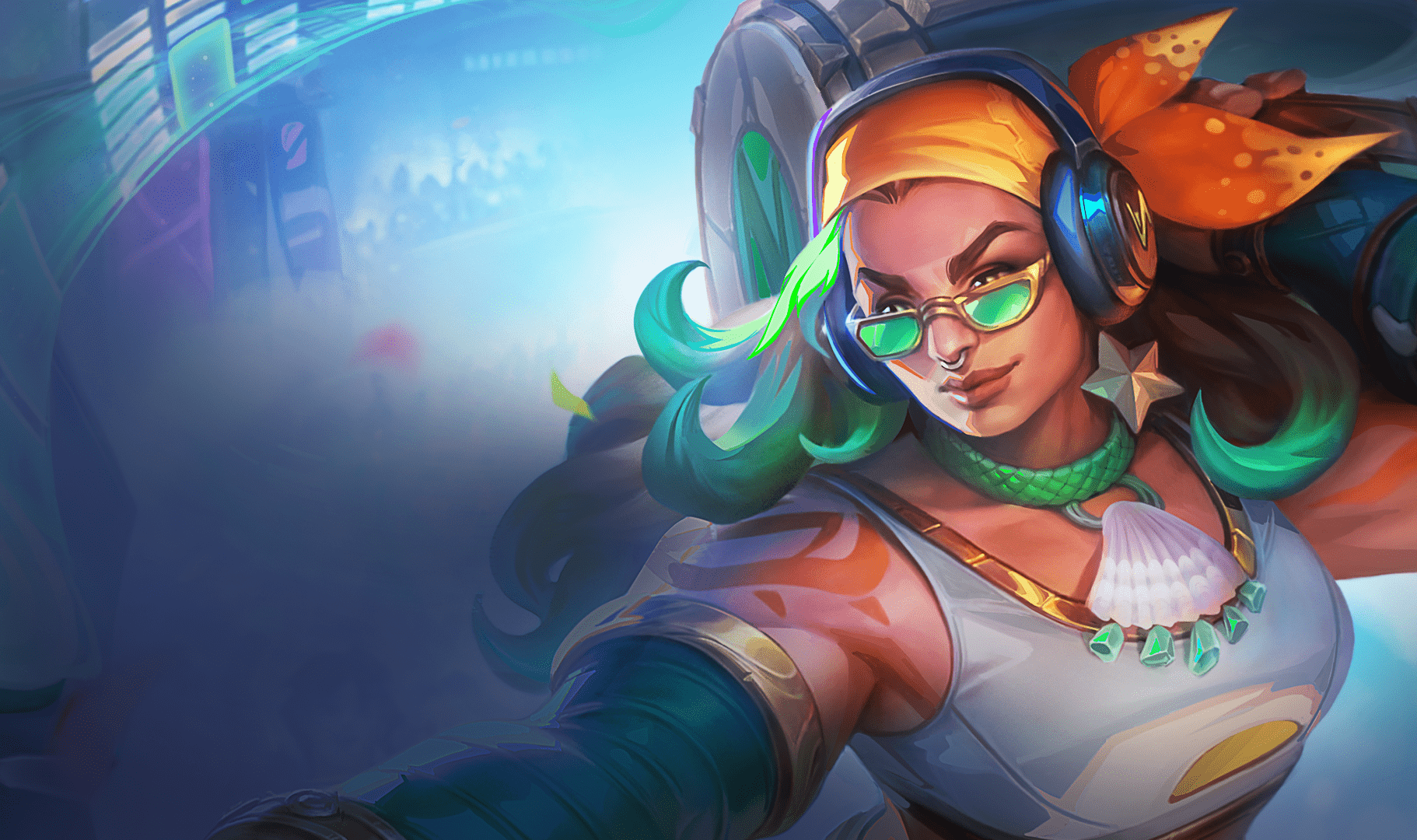
Pivoting successfully is the culmination of identifying all of the signs that you should pivot. Once you decide to pivot, identify what items you have, what units you can keep or need, and how much gold you need.
Going through this game plan throughout the game will help you be prepared for any situation. Furthermore, here are some additional tips for pivoting.
You Don’t Have to Pivot All at Once
Pivoting can be a slower process than drastically flipping your board. Even if your units don’t have synergy as you pivot, having upgraded units with less synergy can often be better than a bunch of 1 star units that make up your ideal comp.
Pivoting slower is also easier on your economy. Rolling down to 30 or 20 can give you some extra interest to pivot over the course of a few rounds. If you roll down to 0 and whiff, you are in a very bad spot. Although sometimes you just have to roll down to 0 to survive.
You Can Always Pivot Back
Another benefit to pivoting slower is that you are able to change your mind. If you can’t find your Samira 2 and decide to run Miss Fortune 2, you can always keep most of your board intact. You may run into Samira 2 in the next couple of rounds and be able to play the original comp you intended to play.
Understanding How Strong You Need to be
Pivoting often happens when luck doesn’t go your way and you need to adjust on the fly. Because of this, you may be losing a lot of HP while saving up gold. If you’re low on health, you may decide that going all in for a large power spike is the best way to stabilize.
As you play more and more, you’ll be able to understand how strong your board is compared to the rest of the lobby. Going for a large power spike faster than other players and before they roll for carries can be a good way to secure your units.
Late Game Pivoting
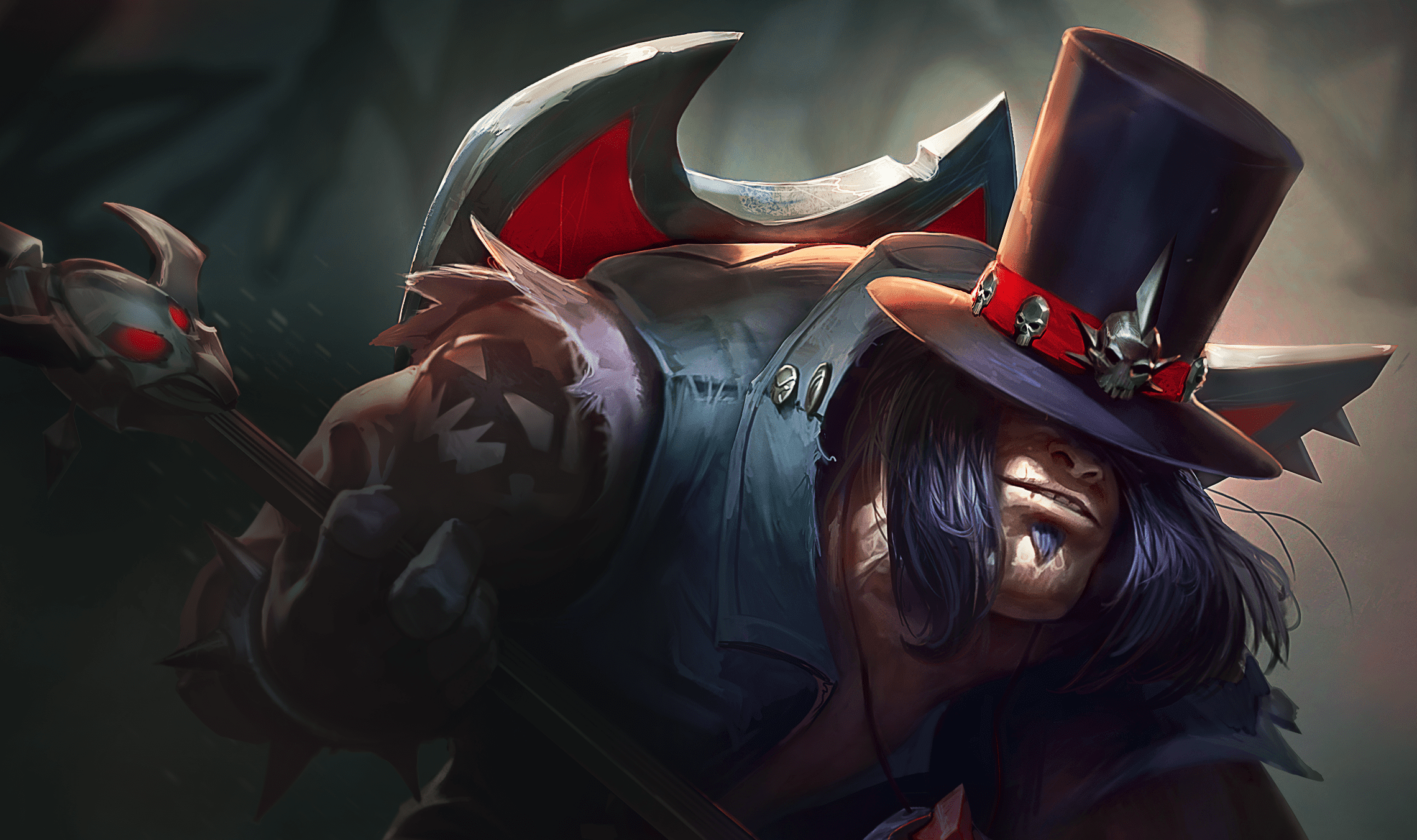
All of the things I’ve covered so far explain the basics of pivoting from one team comp or carry to another. However, there is also a late game pivot or transition that can be used to “cap your board.”
If you find yourself win streaking very hard, you might be able to reach level 9 with a lot of gold. If this is the case, you should look for ways to pivot into late game comps that use lots of 5 cost units. This can be the difference between placing 1st and placing 2nd.
If you’re able to complete your team comp, great. You can hit level 9 and add in a Yorick or something to get a bit stronger.
However, the best players will find ways to continue pivoting and transitioning well into the late game. Maybe the right decision is to replace half your board for strong units like Ziggs, Lucian, Illaoi, etc.
This type of pivot is very difficult to pull off and requires a lot of gold. Even with this skill, it won’t make the biggest difference in your games. But TFT is a game of inches. Finding every small advantage you can is what will make you a strong TFT player.
Playing for Strongest Board/Flex

This guide is mostly helpful for those that only know how to play a few comps. By learning two comps that are similar, you can give yourself options to play toward in game.
As you get more experienced, you’ll start being able to flex between any meta comp. Once you have some familiarity with every comp, you can then start to play flex every game.
This means you simply play the early and mid game by building your board around whatever units you can find upgraded. Once you roll down at level 8, you can then transition your board to the best comp that matches what you find.
Closing Words
Overall, pivoting/playing flex has become an invaluable skill for TFT players. With the introduction of newer systems like Augments and Headliners, the game further rewards players who can play a variety of comps.
As such, it’s important to understand how to play flexibly and make the most out of what you get.
Thanks for reading! Be sure to check out our meta team comps page, or head to our Team Builder to try and come up with your own comps.
Subscribe to our newsletter:
Don’t miss out on all of the latest TFT content!
 Download APP
Download APP Collapse
Collapse